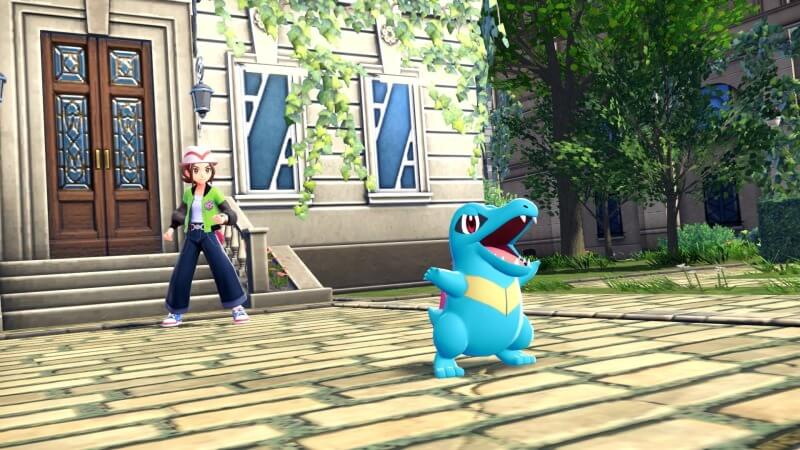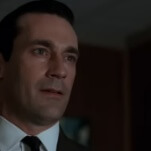The Pokémon Legends Z-A Soundtrack Breaks A Series Rule—And Brings Lumiose To Life

In utility terms, music in the classic Pokémon games is linear. For the first several generations, the soundtrack accompanies the player’s preset path across Kanto, Johto, et al. It’s classic video game score structure—hear a track, let it loop, beat the level, move to the next track. Repeat motifs are reserved for battles or wild encounters; they’re hard, short breaks from the progression. For the player, new music is a ludic reward for each gym cleared, legendary captured, or place discovered.
Even if it’s possible to beat the original Gen 1 gyms in 59 different orders, the point remains: music is often a path for players to follow in the Pokémon series. Town to town, route to route, battle to battle. Scarlet & Violet—Gen 9—moved the needle somewhat with the implementation of certain open world elements from Pokémon Legends Arceus. Yet this, too, ultimately yields to the same flow. Regardless of the order in which they explore Paldea, players will determine how they hear the game’s score. Think of it like an interactive shuffle button.
Pokémon Legends Z-A is a radical departure from this approach. In a narrative sense, yes, there is a set order—key enemy encounters and sequential plot beats come complete with unique tracks. But where the score differs is in the player’s moment-to-moment experience outside of the story. Z-A shakes up the series’ rote structure by doing away with its hallmark wanderlust. Instead of another trudge across Kalos—the setting of 2013’s Pokémon X & Y—Game Freak locks the player in Lumiose, the region’s capital city, then throws away the key.
Like Dragon Age II and Ys IX before it, Pokémon Legends Z-A takes place within a single city. Over a day and night cycle, NPCs are given daily tasks and routines; different Pokémon of all sorts roam the streets depending on the time of day. It’s akin to the day-to-day flow of games like Shenmue and Yakuza. The quest to be a Pokémon Master is off the table here—instead, players battle to the top of a late night underworld of everyday citizens keen to make a name for themselves. In their downtime, the game provides players with a plethora of side missions with unique story beats and rewards.
To reflect this shakeup, the game’s soundtrack bucks house structure and style. Carlos Eiene—whose career includes fan albums like Gen 4 tribute Sinnohvation—is one of the game’s several composers. Eiene’s smooth jazz takes on Pokémon games across every generation earned him a name among fans, and likely a spot on this soundtrack. It’s hard to imagine that the brassy, plucky score itself wasn’t influenced, in part, by his takes on series standards. The choice to anchor a changing urban setting around jazz is not only smart, but honest. From its early days in Basin Street bars and brothels, to its explosion in bustling speakeasies during Prohibition, jazz has embodied both the community and transformation within cities from its inception.
Cities, and the changes that come with them: this is the thematic, mechanical, and musical focus of Z-A. As such, the game’s score is not delivered to the player in series tradition. Instead, it breaks up the linear or selective arrangement of music by centering Z-A on three major tracks. This repetition has already become a point of contention, but in context, the choice works. Each loop of each song is another rotation of the clock—another day, another night spent in Lumiose. The scenery may change, and there may be new things to do, but it’s the same city. It’s the game’s sonic assurance that players are not on an epic journey to catch ‘em all, but entrenched in the day-to-day life of an established setting. The music will remain as long as there are people to hear it, and when someone leaves Lumiose, they will not forget these three songs.
Two of these tracks are the Lumiose City theme, which has unique variations for daytime and nighttime. This is what players will always hear as they traverse the city’s alleys and rooftops. While both tracks generally follow the same melody, each offers a distinct flavor that suits their respective times of day. Bright accordion is accompanied by sweeping harps and bell strikes, with soft piano sprinkled between the main refrains.
At night, a thick, funky bass groove and horn section kicks in to accompany the saxophone. While the accordion is still present, it plays a heavier hand in the song’s bridges than in the main melody. On top of this, the instrumentation for both tracks does change slightly between the town’s different districts. But the song, as it were, remains the same.






































